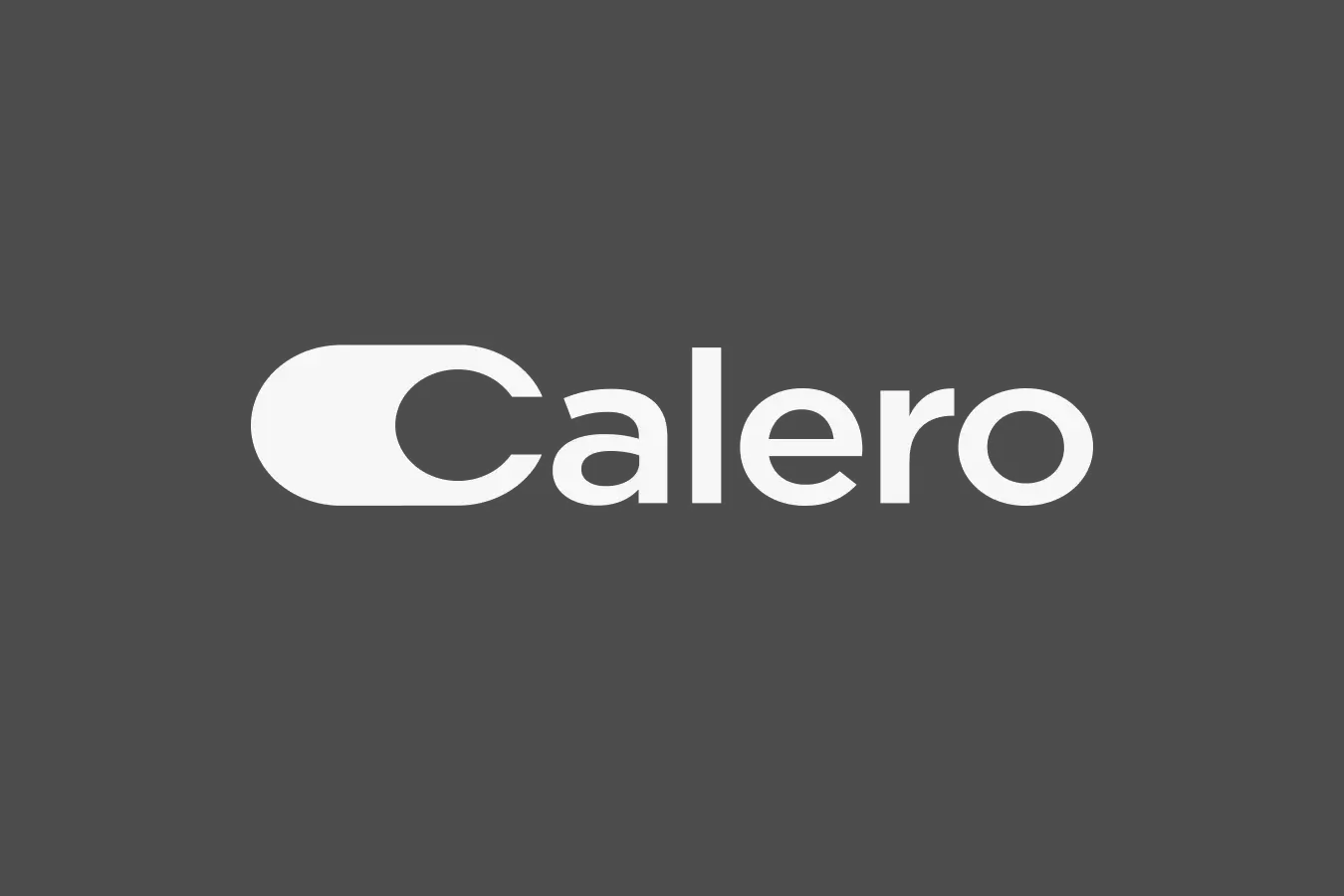Telecommunications was formerly referred to as a relatively narrow group of technologies that primarily focused on voice traffic. Then data transmissions entered the fray, and companies grew their use of emails, short message service (SMS) texts and other non-voice information to get things done. Advances in cellular and mobile technologies fueled greater connectivity, and both voice and data increasingly hopped from fixed lines to wireless.
The transformation from voice-only services into data communications and voice over IP (VoIP), where users can make phone calls via internet connectivity, opened the door to a flood of other technologies. Telecom has seen expansion of mobile-driven usage, the rise of cloud-based services, and a host of unified communications as a service (UCaaS) offerings.
As enterprises look to take advantage of these technologies, they are increasingly transitioning away from legacy constraints and embracing modern solutions that are feature rich, flexible, and potentially more cost effective. But before businesses can optimize their telecom spend, they need to know where expenses lurk in this new multi-layered environment and where cost savings opportunities are available.
UCaaS becomes a core part of the business telecom infrastructure
Unified communications services have seen perhaps a greater explosion in recent years than other telecom offerings. The massive growth of work-from-home (WFH) and other factors helped launch Zoom, for example, to the forefront of enterprise communications. During the pandemic, Zoom reported revenue growth of 326% year-over-year and their customer base of businesses with more than 10 employees also skyrocketed, up about 470% from the same quarter in the previous fiscal year.
Everything from internal collaboration with team members to discussions with customers and outside partners is now often handled through one or more UCaaS platforms. These powerful technologies enable businesses to combine voice, video, and data communications into a single solution that users can access from anywhere. And with the removal of physical boundaries and the meteoric rise in use comes a whole new breed of expense types that enterprises must monitor and manage.
What does this mean for TEM?
Telecom’s borders have been pushed wide, and this ongoing expansion—coupled with unprecedented speed and flexibility in initiating new services—brings new challenges for telecom expense management (TEM) efforts. Unlike the days of traditional, voice-only telecom, today’s enterprises have a more complex landscape in front of them as they look to monitor use and consumption of their telecom services.
- According to a Gartner survey, workers’ use of collaboration tools rose 44% after the pandemic began
- The user base is now dispersed rather than centrally located, with a broad mix of onsite and remote connectivity
- Utilization of individual features within a solution can greatly affect the per-user monthly cost
- Cost data may be spread across disparate department budgets, instead of being consolidated within a single functional area for tracking and optimization
Video and audio conferences, webinars, learning sessions, telehealth encounters, even quick one-on-one chats are now likely to happen digitally. Businesses need to understand and track which features users leverage, how they’re using those features, and how much of each service they consume.
Even though individual subscription rates are highly affordable, consider that nearly every user—every employee, every student at a university—has a UCaaS account, and often they have several active simultaneously. Zoom and Teams are among the most popular, but RingCentral, Webex and others are also in wide use. It’s not uncommon for a single user to have multiple UCaaS licenses that enable them to host or attend different types of collaboration events and connect with customers and teammates through their preferred communication channels.
Telecom’s rapid transformation means cost structures are also different. Fixed per-trunk pricing to support a PBX is less popular and businesses are more likely to leverage dynamic, consumption-based rate tiers for communication services. And traditional capital investments to deploy a network have also dwindled. Instead of buying infrastructure, businesses are buying service subscriptions that enable them to scale, quickly spin up new features either for individual users or for the entire license base, and deliver new integrations with the click of a button.
New solutions for modern work
Businesses need a way to pull in vast data sets to assess past telecom usage trends and forecast how—and how much—users are likely to consume in a contract period. But voice calls and instant messaging now share the same network bandwidth. Tools designed for TEM in a legacy environment aren’t equipped to parse out which users tap into each service and feature set.
Gaining visibility into the deployment and consumption of modern telecom services is further complicated by the absence of the governance and controls that were historically applied to large-scale (and high-dollar) telecom rollouts. Because today’s digital communication solutions commonly hit operating budgets rather than qualifying as capital expenditures, businesses run the risk of missing all the telecom service licenses they have in flight. A more sophisticated strategy is needed to ensure comprehensive visibility across the greatly expanded telecom landscape and empower enterprises to monitor, manage, and optimize their telecom spend.
For more information about how Calero can help you manage your telecom estate, reach out to our team of experts.



